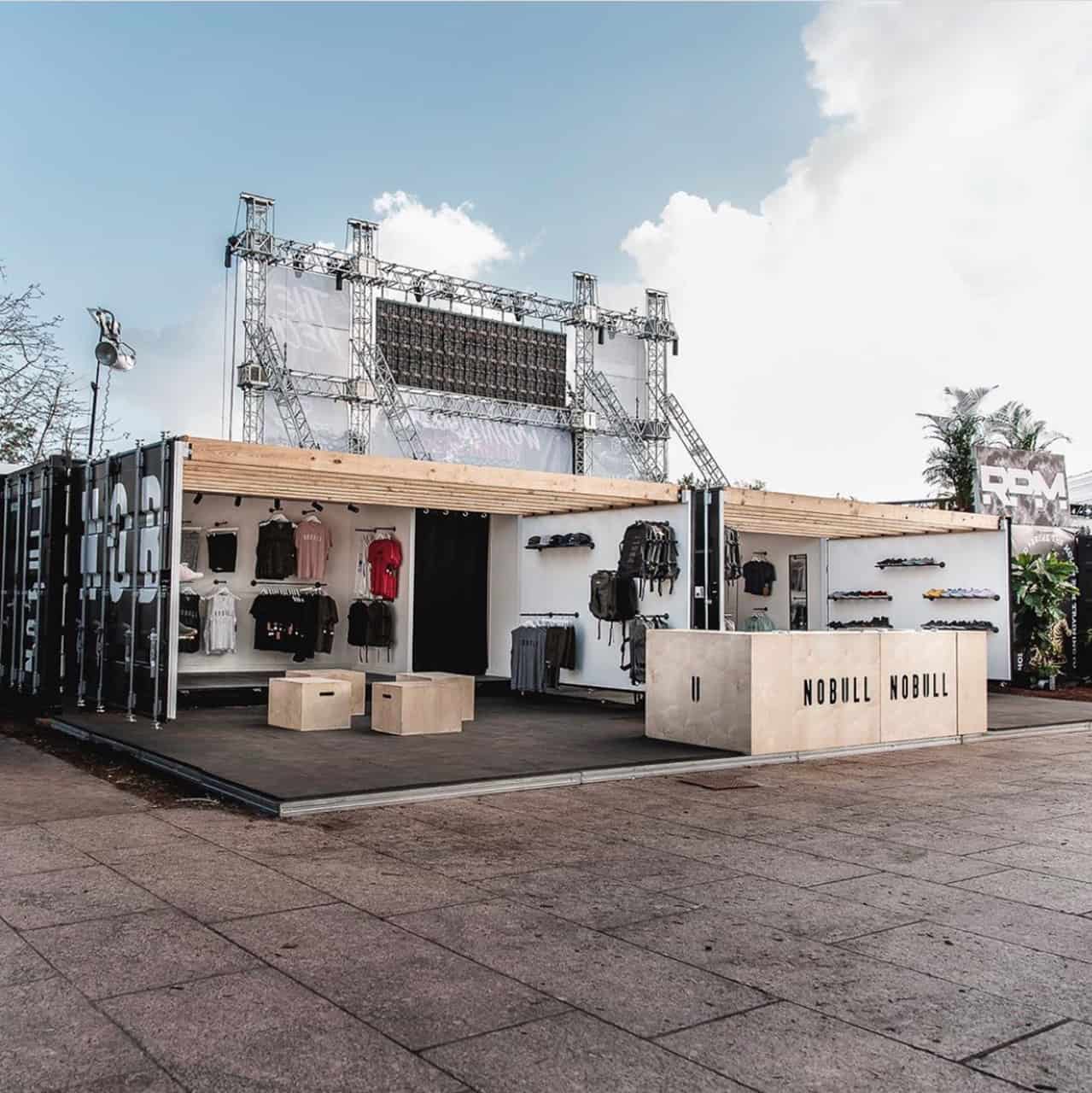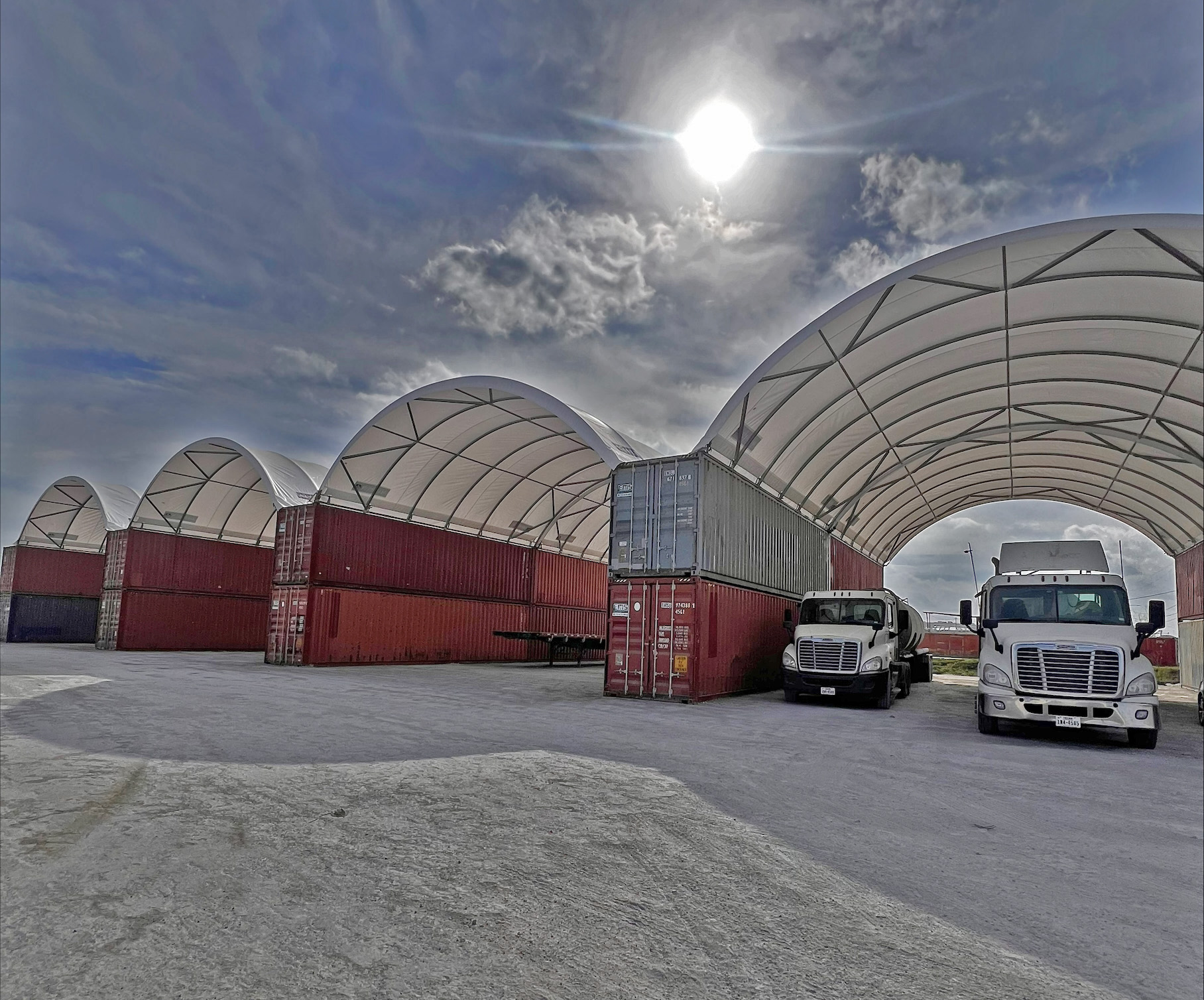When a severe storm like a tornado hits, you don’t have much time to prepare. You often have to act fast and get to the safest location possible. Instead of making rash decisions that could jeopardize your family’s health, it helps to have a storm shelter.
Conex boxes can be transformed into perfect storm shelters with great ease. In fact, you can source these boxes from reputable providers in Houston, Dallas, and Seattle. Here are some tips that can help you get started, so that you and your family are safe during severe weather events.

Assess the Dimensions
Your first priority should be to assess your property’s dimensions so that you can determine how big the conex box needs to be. Measure the area where you think the box will be placed. Then once you have general measurements, take into account your family size.
Larger families will need a lot more space, which may mean purchasing the largest conex boxes you can find. Conversely, if your family is limited to one to three people, you can get away with less space. You therefore don’t have to worry as much about placement issues like you would with a large conex box.
If may be helpful to mark the area off, showing how big the shelter will be. This gives you a better feel for the interior space, which should never be overlooked because you may be down in these shelters for some time until the storm passes.
Create the Right Structural Design
How well your storm shelter is made is paramount for making it through such rugged storms like a tornado. To make these structures much sturdier, consider having your conex box buried. This way, the dirt acts as an anchor that keeps it in place should heavy winds make it to your area.
If burying seems like a feasible option, you need to make sure the exterior structure is durable enough to support the extra weight from the dirt. You also need to make sure the container is properly insulated and airtight so that no elements can get inside. This also helps prevent mold from spreading, which is a serious health issue that can lead to throat irritation and respiratory issues.
Ventilation is another design element you shouldn’t overlook. After all, severe storms require you to stay down in these shelters for long periods of time. Proper air flow ensures that everyone can breathe down in these shelters without having to panic. Consider adding a few extra air vents and doors so that proper airflow is maintained.
Set Up Interior Accommodations
It’s important that the interior has the right accommodations. For example, consider setting up pop-out seats inside. Everyone will have a comfortable place to sit while waiting out the storm and you can conserve space when they’re not being used.
LED lights are also a good idea so that everyone can see where they’re going. LED lights last a long time and they don’t give off any heat. You therefore don’t have to worry about one of your family members accidentally burning themselves in case they get too close.
Along with the essentials like food, water, and a safety kit, consider adding plenty of blankets. It may get cold in your shelter, especially if it’s built below ground or is submerged in the dirt. The blankets will keep everyone warm until the storm has passed. You should also remember to bring any maintenance medications you or your family needs.
Turning a conex box for sale into a storm shelter is a great idea if you live in an area susceptible to severe weather incidents. As long as you plan in advance, your shelter should serve its purpose and hold up for many years.
Sources:
Facts About Mold and Dampness, cdc.gov
Stocking Your Storm Shelter, homelandstores.com









